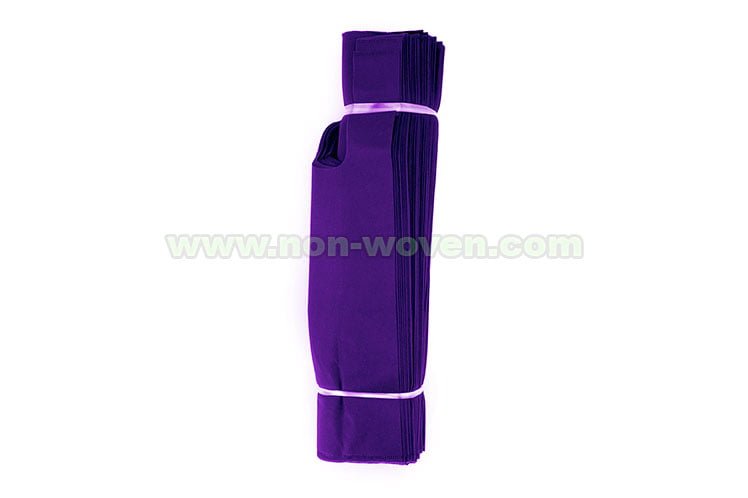ntroduction
The proliferation of single-use plastic bags in recent years has caused a devastating effect on the environment. From polluting our oceans and rivers to harming wildlife, the effects of plastic bag usage have been widespread and damaging. In an attempt to reduce the use of plastic bags, many businesses have started using non-woven polypropylene bags, which are often marketed as an environmentally friendly alternative. However, the manufacturing process of non-woven polypropylene bags requires a significant amount of energy, emitting a considerable amount of greenhouse gases. Furthermore, these bags are not biodegradable and can take hundreds of years to decompose, just like plastic bags. Additionally, there is a concern that the increased use of non-woven polypropylene bags may lead to a false sense of environmental responsibility and a decrease in efforts to reduce overall plastic waste. Therefore, it is important to consider the environmental impact of all types of bags and to encourage the use of sustainable alternatives, such as reusable cloth bags, to reduce the overall harm to our planet.learn more(wikipedia)
Woven vs. Non-Woven Polypropylene Bags
It’s important to understand the difference between woven and non-woven polypropylene bags. Woven polypropylene bags are made from multiple strands of the material that are interwoven to create a sturdy fabric. Non-woven polypropylene bags, on the other hand, are made from a single layer of the material that is bonded together using heat, chemicals, or adhesive.
Environmental Impact
The environmental impact of non-woven polypropylene bags depends on a number of factors, including the method of production, the weight of the bag, and the length of time the bag is used. In general, however, non-woven polypropylene bags have a lower environmental impact than woven polypropylene bags.
If you’re looking for a more environmentally friendly alternative to plastic bags, non-woven polypropylene bags are a good option. They are reusable, and can be used multiple times before needing to be replaced. They are also more durable than plastic bags, which means they are less likely to rip or tear and therefore less likely to end up as litter. However, it’s important to consider the entire life cycle of a bag when assessing its environmental impact. Non-woven polypropylene bags are still a form of plastic, which means they are not biodegradable and do not break down easily in the environment. They can also contribute to pollution if they are not disposed of properly or if they end up in the ocean, where they can harm marine life.
non-woven polypropylene bags environmental impact Table
| Bag Type | Production Method | Weight | Durability | Biodegradable |
|---|---|---|---|---|
| Woven | Interwoven strands | Heavy | High | No |
| Non-woven | Bonded material | Light | High | No |
Conclusion
In conclusion, while non-woven polypropylene bags are better for the environment than single-use plastic bags and some types of reusable bags, their environmental impact is not negligible. It’s important to use any bag, whether it’s made from fabric or plastic, as many times as possible and to dispose of it properly at the end of its life. Additionally, choosing a local, sustainable, and ethical source for your bags can also help to reduce their environmental impact.
Join the movement to reduce plastic waste and choose reusable bags whenever possible. Make a difference for the environment, one bag at a time.

